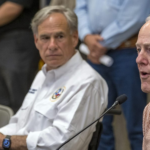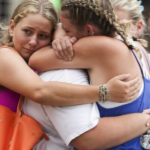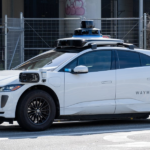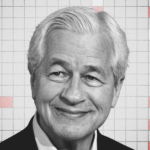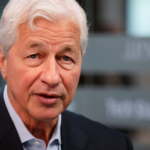Against this backdrop, though, Crayola—maker of the world’s most widely sold crayon—took a different tack. Pete Ruggiero, at the time an operations executive, thought the children’s art supply maker could be more efficient by staying close to home.
“I kind of saw the writing on the wall that was coming,” CEO Peter Ruggiero told Fortune. “In 2007 when so many people were making decisions to offshore, I kind of strategically said to our CEO at the time, this close-to-market responsiveness is a critical capability.”
Ruggiero, who was then the company’s executive vice president for global operations and technology, turned out to be right—leaving Crayola well-positioned to ride out the on-again, off-again tariffs when President Donald Trump announced them last spring.
Today, while Crayola sources from a number of countries including Brazil and Vietnam, “70% of what we sell globally, we make in the Lehigh Valley,” Ruggiero told Fortune.
“We’ve invested in the people with Lean Six Sigma training, and we’ve invested in technology. So we have very highly automated processes, and we have the scale,” Ruggiero told Fortune. He wasn’t sure it would immediately work. “I was envisioning, when we did it, that old I Love Lucy episode where she’s trying to pack chocolates, and I’m saying, there’s no way that our employees can ever do all of this work,” Ruggiero joked.
But its relative insulation means that, rather than scrambling to find new sources for products, the CEO can focus on building out other revenue streams—moving into entertainment programming and expanding the Crayola Experience theme parks across the U.S. and globally.
“Even though we sometimes feel like we could be better where we’re operating today, versus where we were operating in 2019, the scale of our business is up 30%, 40%” since that time. “We grew, grew, grew, and now we’re still growing.”



